South Asia
Overview
As an Asian subregion consisting of the Indo-Gangetic Plain and peninsular India, this region encompasses a wide range for geographies, from the Hindu Kush to the Himalayas. Home to some of the earliest civilizations in the world, South Asia has a long and storied history. Currently home to over 1.8 billion people, it is also considered to be one of the fastest growing economic regions. Despite this growth, there are still many development challenges that need to be addressed, including high rates of poverty, climate change risks, widening income inequality, and regional instability within and between countries.
Projects
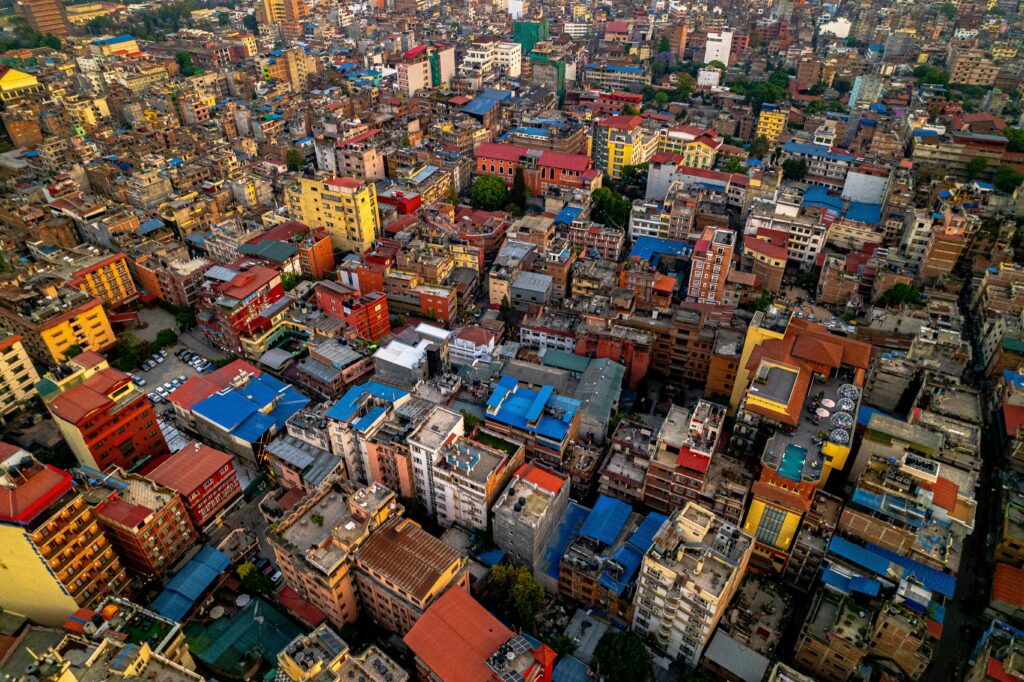
- Partner(s): UN Women (Lead and Funder)
As part of UN Women’s “TransformCare Investment Initiative” in the Asia and Pacific region, this project aimed to promote evidence-informed decision making for equitable care systems as a foundation for inclusive urban development. UN Women led the initiative, with the Data-Pop Alliance (DPA) providing analytical and research support.
Focusing on Nepal, the project assessed the demand and supply of care services through a gender-inclusive lens. Using geospatial analysis, satellite imagery, and administrative data, the research mapped existing care infrastructure—including childcare centers and services for older persons and people with disabilities—while identifying service gaps and areas of unmet need. The goal was to provide concrete, data-driven strategies to guide policy planning and investment in accessible, affordable, and quality care systems that empower women and support communities.

- Pakistan, South & Southeast Asia
- October - December 2024
- Data Feminism
- Partner(s): UN Women - Pakistan (Funder)
The five-day training module is structured into five key sections, combining presentations, group discussions, hands-on activities, and real-world case studies:
- Introduction to Gender Data
- Gendered Data Collection and Analysis
- Ethical Use of Gender Data
- Gender-Responsive Planning and Budgeting (GRPB)
- Applying Gender Data in Policy Formulation
This project represents a pivotal step in building capacity for evidence-based policymaking in Pakistan, advancing gender equity and institutional accountability.

- Partner(s): UNFPA (Funder), University of Melbourne

- Partner(s): Fòs Feminista (Funder)
In partnership with Fòs Feminista, Data-Pop Alliance conducted a nine-month project aimed at strengthening understanding of how youth-friendly approaches are being applied in digital sexual and reproductive health (SRH) interventions across Latin America, Africa, and Southeast Asia. Through a combination of a systematic literature review, five case studies, and a self-assessment survey for Fòs Feminista’s network partners, the project identified key strategies, challenges, and best practices for reaching youth and adolescents through digital technologies such as apps, chatbots, and web platforms.
By critically analyzing existing digital health interventions (DHIs) and their methods for engaging young populations, the project produced actionable recommendations to enhance future initiatives. Special attention was given to assessing digital maturity, integrating intersectional perspectives, and fostering youth-friendly environments to ensure that digital SRH services are inclusive, accessible, and impactful for young users.
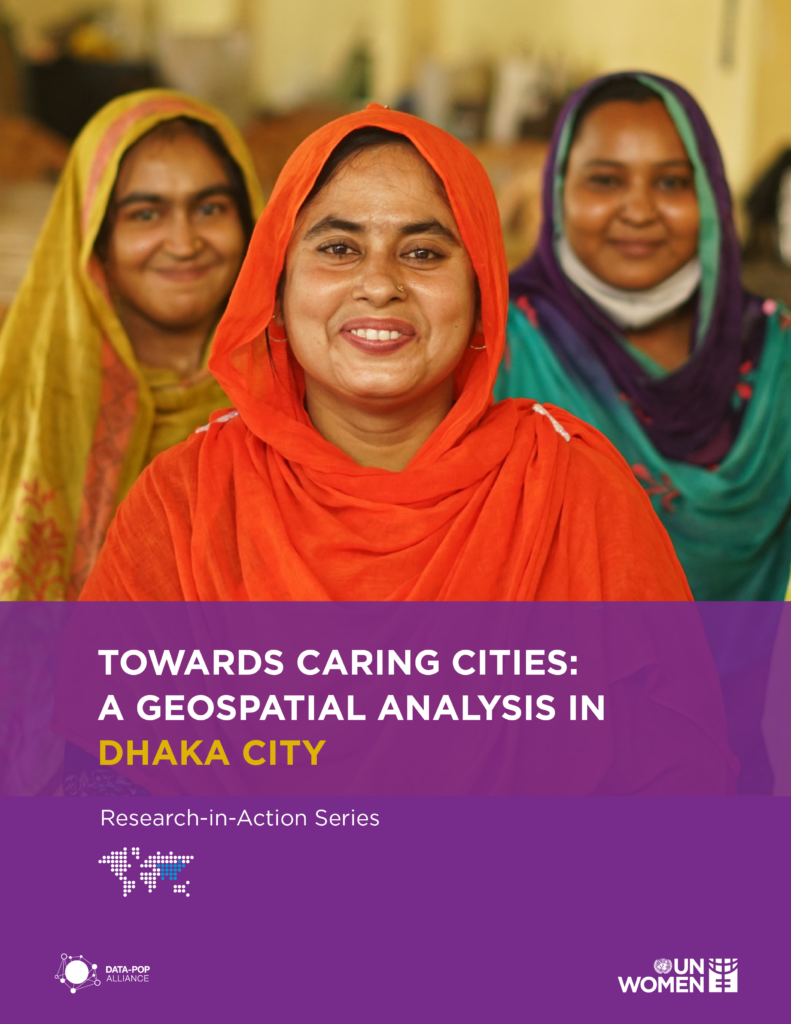
- Partner(s): UN Women (Lead and Funder), UN Women Bangladesh
As part of UN Women’s “TransformCare Investment Initiative” in the Asia and Pacific region, this project aimed to promote evidence-informed decision making for equitable care systems as a foundation for inclusive urban development. UN Women led the initiative, with DPA providing analytical and research support.
Focusing on Dhaka City, Bangladesh the project assessed the demand and supply of care services through a gender-inclusive lens. Drawing on geospatial analysis, satellite imagery, and administrative data, the research mapped care-related infrastructure, including early childhood education, eldercare, disability services, and community-based care facilities, while identifying underserved areas and gaps in service provision. The objective was to generate data-driven recommendations to guide urban planning and investment in affordable, accessible, and quality care systems that recognize women’s unpaid care work and strengthen community resilience.
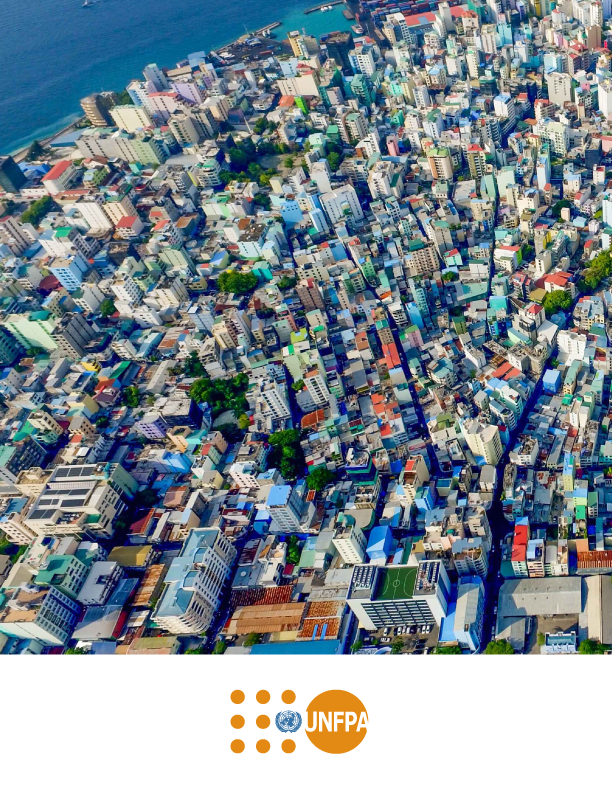
- Partner(s): UNFPA Maldives (Funder)
Supported by UNFPA Maldives and the National Bureau of Statistics, this project aimed to use Big Data to illuminate demographic features with significant implications for development policies and programs. Specifically, our partners at Fundazione Bruno Kessler (FBK) developed a prototype to analyze population density and movement patterns by leveraging call detail records (CDRs) and new data analytic techniques. The prototype utilized the temporal dynamics derived from mobile data while preserving the anonymity of mobile users.
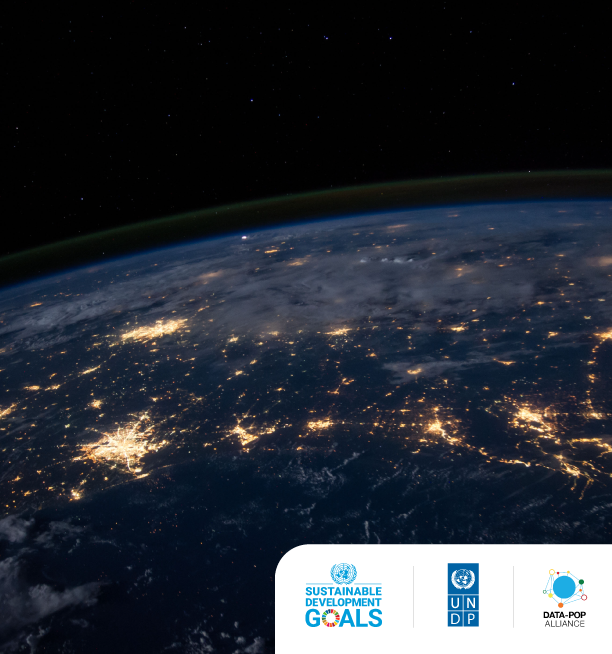
- Partner(s): UNDP (Funder), UNDP Europe and Central Asia
In partnership with the United Nations Development Programme (UNDP), DPA provided support to the Europe and Central Asia Regional Hub in Istanbul for the project “Measuring the Unmeasured” to contribute to SDG measurement and achievement. The effective use of data for public policy was of critical importance to the UN in its efforts to strengthen evidence-based programming and policy development. In particular, generating, analyzing, presenting, and using data was vital to global and regional efforts to monitor and promote the Sustainable Development Goals (SDGs). Our project aimed to scope, develop, and test different methods for measuring Tier III indicators of high SDG priorities for 11 countries in the Arab States, Europe and Central Asia, and Asia Pacific, with the main goal of utilizing this information in policy responses.
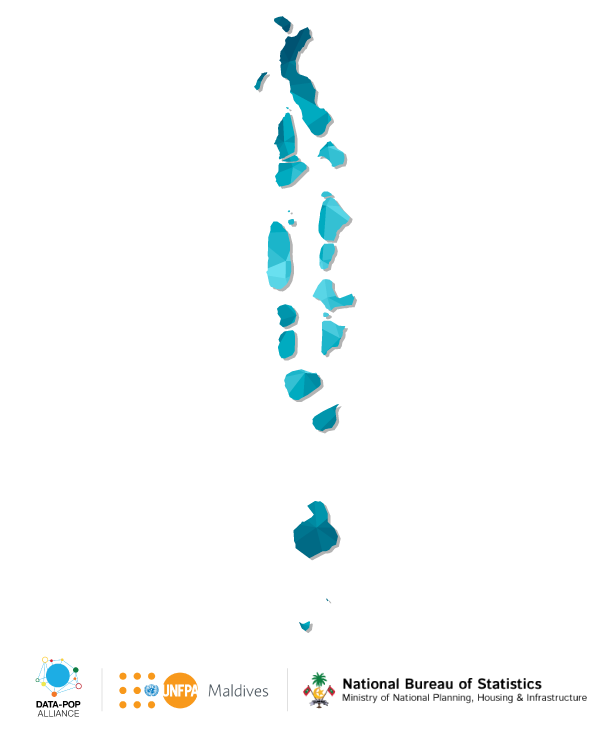
- Partner(s): National Bureau of Statistics Maldives, UNFPA Maldives (Funder)
In partnership with the United Nations Population Fund (UNFPA) Maldives and working closely with the National Bureau of Statistics of Maldives, this project sought to leverage Big Data sources, such as the mobile phone records (CDRs) and official statistics (household surveys) to provide data and study the effects of COVID-19 mobility restrictions on the population dynamics and mobility in the country. The study also analyzed the intricate relationships between attitudes, actual behavior and socioeconomic background in the Maldives by combining NBS survey data with movement patterns in a privacy-preserving manner. One of the main objectives of the project was to set a new benchmark for innovative application of mobile phone analytics in the region and beyond as a way to address population needs and monitor the impacts of shocks and stressors. The outputs of this projects included an analysis and policy paper with recommendations synthesizing key insights on the population dynamics obtained through CDR analysis and outlining applications towards advancement of five SDGs; and a capacity building-toolkit and ‘how-to” guide for using innovative data analytics methodologies and collecting and analyzing alternative data sources.
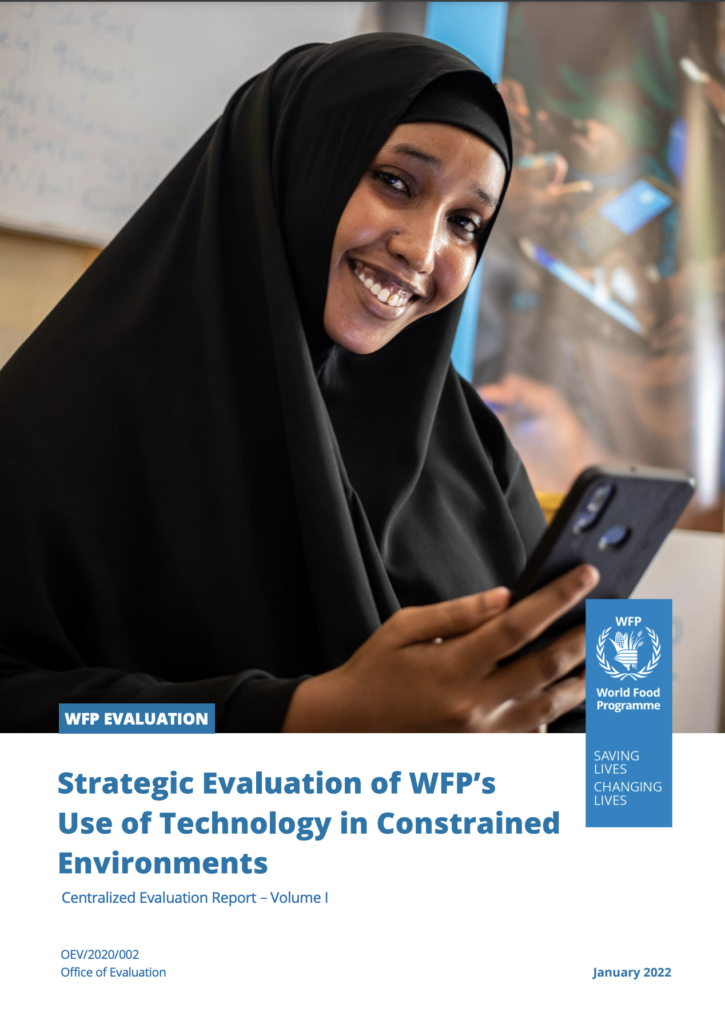
- Partner(s): ADE (Funder), World Food Programme
This evaluation, developed in collaboration with ADE, examined the extent to which WFP effectively and efficiently deployed the most appropriate Information and Communication Technologies (ICTs), and how, why, and under which conditions the use of these technologies contributed to management and program objectives. The team designed a mixed-methods approach consistent with WFP’s proposed analytical framework and outlined the factors affecting technological innovation and diffusion. Additionally, six case studies were conducted in Jordan, Niger, Iraq, South Sudan, the Democratic Republic of the Congo, and Bangladesh.
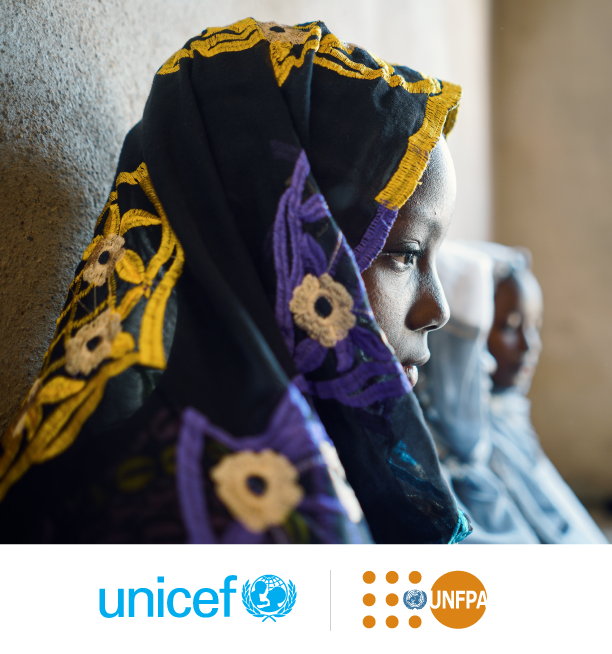
- Partner(s): UNFPA, UNICEF (Funder)
The need to end child marriage and FGM has never been greater –without accelerated progress to end both of these harmful practices, millions of women and girls across the globe will continue to be in danger. DPA, in collaboration with UNICEF and UNFPA, conducted a comprehensive landscape mapping and review of key technology-based interventions to address child marriage and FGM across 13 countries in Africa and Asia (Bangladesh, Burkina Faso, Egypt, Ethiopia, Ghana, India, Kenya, Mozambique, Nepal, Sierra Leone, Sudan, Uganda, Zambia). During the second phase of the project, DPA carried out an in depth review of three selected interventions to better understand their effectiveness, key success factors, and potential areas for improvement.
The methodology proposed by DPA was based on intersectional feminist approach and an analysis integrating both quantitative and qualitative research methods, as well as traditional and non-traditional data sources collected at different stages of the study, underpinned by a participatory approach involving UNICEF, UNFPA, and other stakeholders.
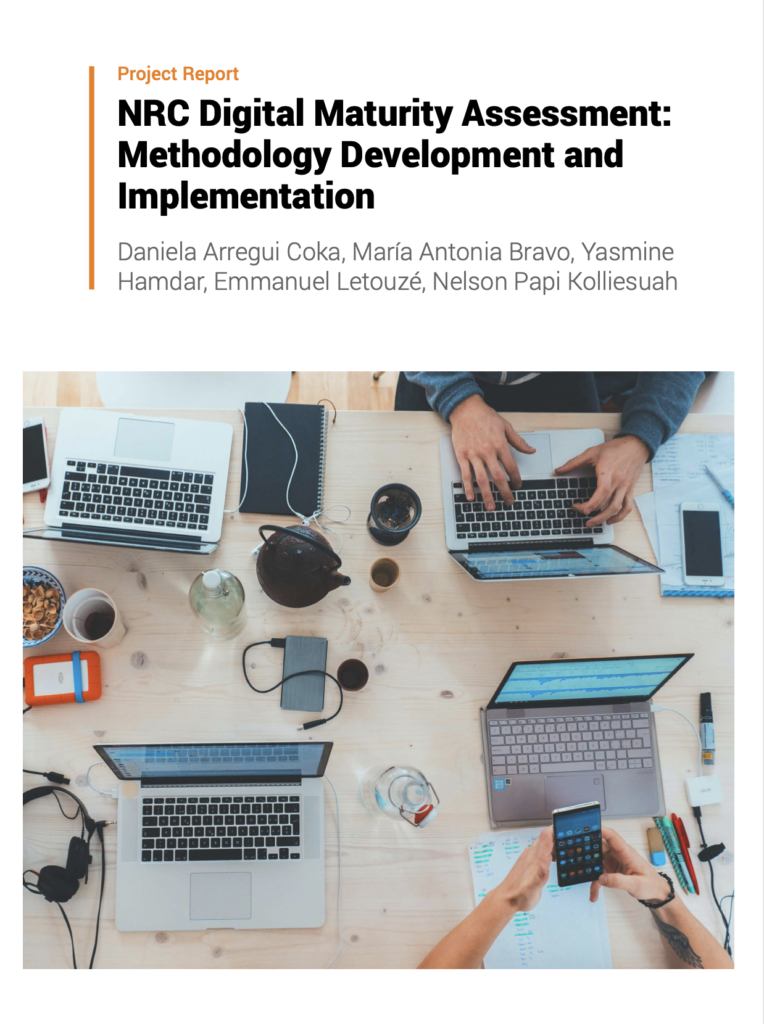
- Partner(s): Norwegian Refugee Council (NRC) - (Funder)
DPA developed a Digital Maturity Assessment (DMA) framework to provide NRC Country Offices (COs) with a tool to self-assess their digital transformation journey based on the perceptions and experiences of its staff. The DMA framework is the analytical background guiding the calculation of a Digital Maturity Score that measures the level of digital transformation in the COs based on qualitative data on:
• Digital ecosystem, data, and tech management;
• User-centricity and digital inclusion;
• Digital mindset, literacy, and innovation;
• Strategy, governance, policies, and frameworks; and
• Investment and partnerships.
The DMA was tested in the COs in Bangladesh and Sudan. The results and outputs of these pilots were made available in an interactive dashboard created to facilitate the visualization and extraction of insights.
